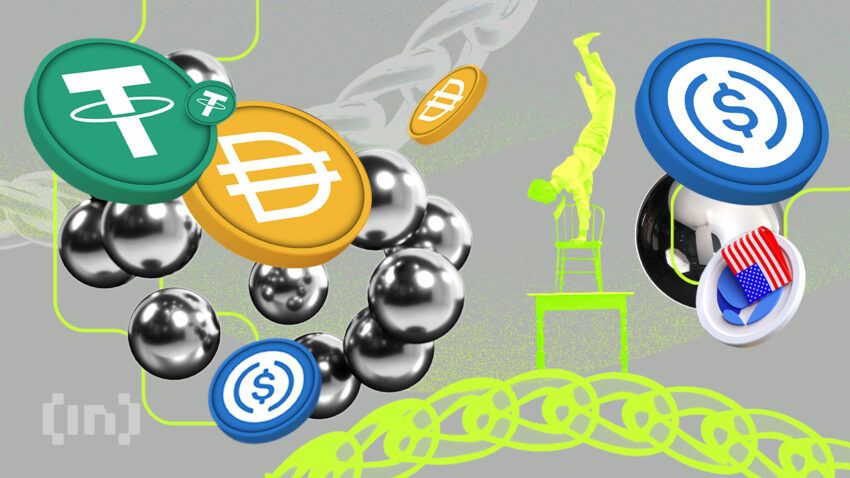The Bank of England’s Deputy Governor has issued a warning that regulators may need to limit the use of stablecoins.
According to the Bank of England’s Deputy Governor for Financial Stability, regulators may have to limit stablecoins in payments to maintain financial stability.
The Bank of England Speaks
Speaking on Monday at a conference of Innovate Finance, Jon Cunliffe said that while the risks to financial stability from payment stablecoins should be manageable over time, uncertainty persists about their adoption rate and extent.
“But we cannot know for certain the extent and the speed at which payment stablecoins might be adopted and we may well need limits, at least initially, to ensure we avoid disruptive change that could threaten financial stability,” said Cunliffe.
This warning could have serious implications for stablecoins such as Tether’s USDT, Circle’s USDC, and Binance’s BUSD. Stablecoins are cryptocurrency tokens that, in theory, mirror the value of traditional assets, such as fiat currencies. However, recently regulators have become more concerned about the methods and assets that underpin their value.
Some observers fear that stablecoins pose a risk to the financial system if they become competitors to fiat money.
The recent volatility in the crypto markets raises questions about how stable such tokens truly are. TerraUSD, an algorithmic stablecoin, blew a $40 billion hole in the crypto industry last year as investors paniced about the token’s technical model. Unlike commercial bank money, which enjoys deposit insurance up to £85,000 ($105,100) no framework exists for consumers to receive reimbursement in the event of a stablecoin failure.
Stablecoin Concerns
Last month, USDC depegged after its reserves were caught up in the collapse of Silicon Valley Bank. The crisis sparked concern that a prolonged depegging could unravel much of the DeFi ecosystem.
Cunliffe emphasized that assets behind a stablecoin should be “of sufficient value to meet redemption requests.” Otherwise, to avoid a scenario where systemic stablecoins pose risks to the financial system. He suggested that such assets could include deposits at the Bank of England or very highly liquid securities.
The British government is currently consulting on new regulations to address the risks posed by digital currencies to consumers while ensuring the country remains a place for crypto firms to do business. The upcoming Financial Services and Markets Bill aims to bring asset-backed stablecoins into the regulatory fold.
Prime Minister Rishi Sunak has expressed support for crypto, and the U.K. is exploring a digital version of the British pound, sometimes known as “Britcoin.”
Disclaimer
In adherence to the Trust Project guidelines, BeInCrypto is committed to unbiased, transparent reporting. This news article aims to provide accurate, timely information. However, readers are advised to verify facts independently and consult with a professional before making any decisions based on this content. Please note that our Terms and Conditions, Privacy Policy, and Disclaimers have been updated.

